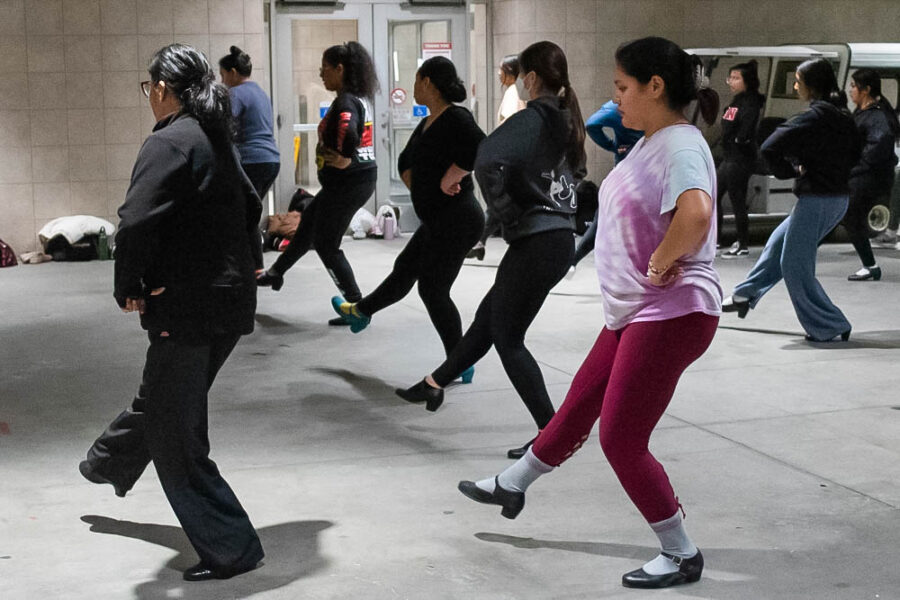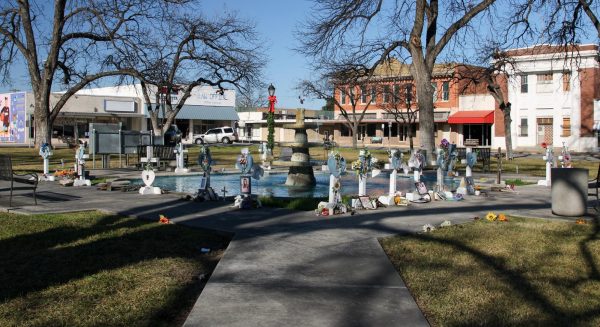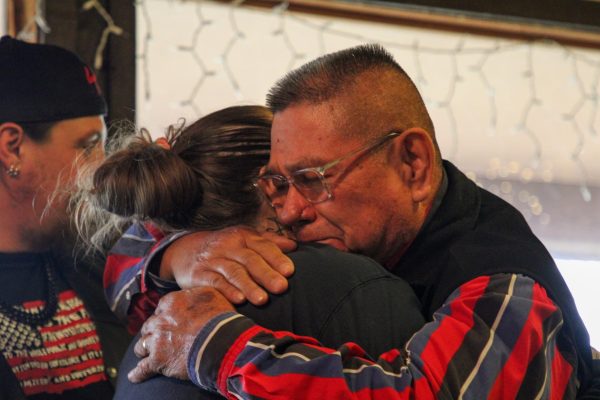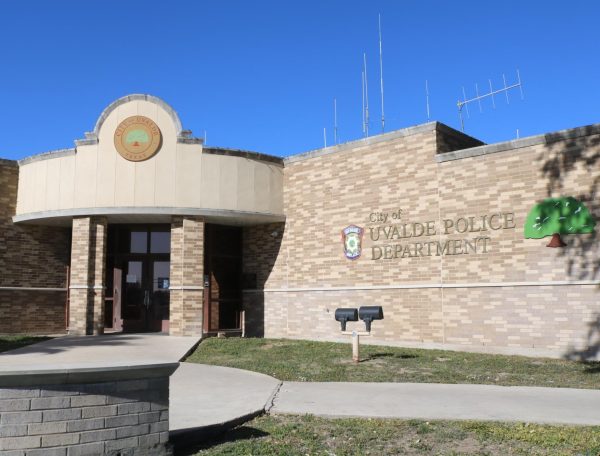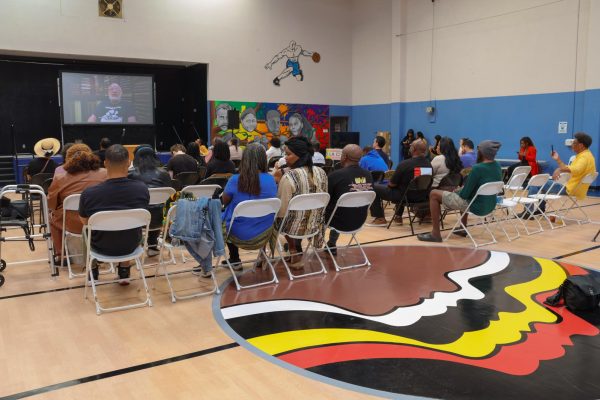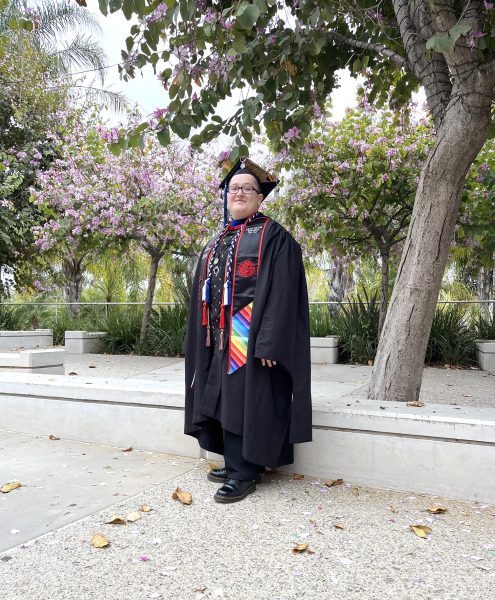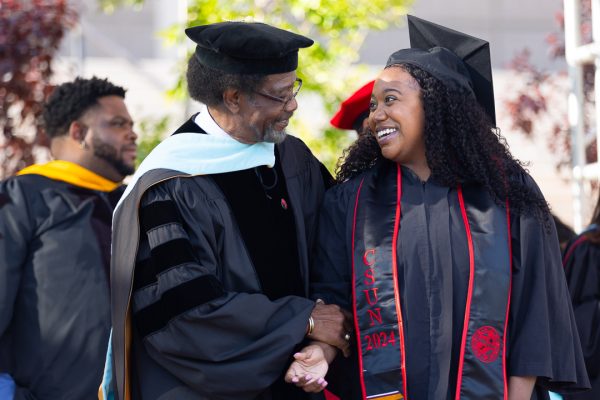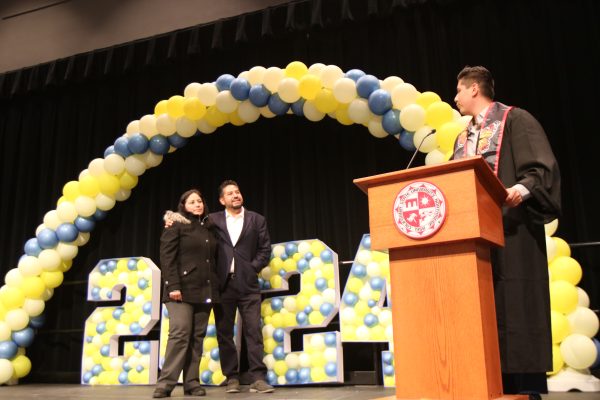Ballet Folklórico Aztlán de CSUN prevails despite poor practice area conditions
March 28, 2023
Itzeli Garcia-Cuamea, sixth-year CSUN student, begins every Saturday the same with an early morning bike ride to Sierra Tower.
As president of Ballet Folklórico Aztlán de CSUN, a campus club that performs traditional Mexican dances, Garcia-Cuamea makes it a priority to arrive early for dance practice to set up speakers and greet club members as they arrive.
After a quick session of warmups and stretches, the club begins its practice.
According to Garcia-Cuamea, Ballet Folklórico Aztlán de CSUN has been a part of the campus community since the 1960s, with 35 current members. The club covers different regions of Mexico, and each choreography and attire is different.
“Our club is well known around the campus, but also not very well known at the same time,” Garcia-Cuamea said. “We perform at various events around campus and often students come up to us and say that they had no idea our club existed.”
On multiple occasions over the years, the club has requested to use one of the various studios on campus, like the dance rooms in the Student Recreation Center or the Matadome, but they haven’t received a response from the Matador Involvement Center or Associated Students, according to Garcia-Cuamea.
“We are one of [the] oldest collegiate folklórico groups to exist, and we do wish that this would be taken into consideration when it comes to our practice area,” Garcia-Cuamea said. “We practice outdoors on concrete, which is not good for our bodies.”
Eloisa Hernandez, the director of public relations for Ballet Folklórico Aztlán de CSUN, explained that with every step, the dancers exert a force onto the floor that sends the shock back up into their bodies because concrete isn’t designed to absorb it like dance floors are.
“This is why knees and back pain are so prevalent,” Hernandez said. “Folklórico includes a lot of repetitive movements, so while it’s not traumatic injuries like bones breaking, over time our bodies start feeling the damage.”
According to Hernandez, the nature of folklórico dancing requires members to intentionally put more force on the floor than in other styles since they make noise using their feet. Since they don’t glide and slide, the ground reaction force is greater.
The club is currently preparing for its annual show where they will be performing dances from the regions of Jalisco, Nuevo León and Veracruz Huasteco, Garcia-Cuamea explains. They have started practicing for their Jalisco routine, which will be a five-song set of dances.
The dancers stand poised and elegant with mesmerizing skirt movement and energy. The men keep their heads high as they dance with their hands in a fist behind their backs. Garcia-Cuamea said that their attire will consist of long skirts and blouses for the women and charro suits for the men.
“I do wish that CSUN would recognize us more since we perform in different places around Southern California and represent CSUN with pride through our beautiful dancing,” Garcia-Cuamea said. “I think folklórico is so much fun, and I want everyone else to think so as well.”
